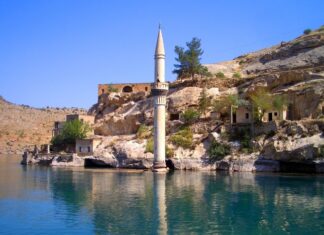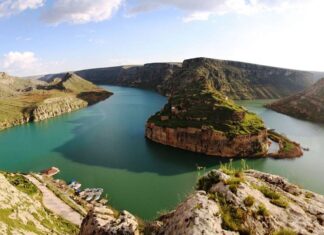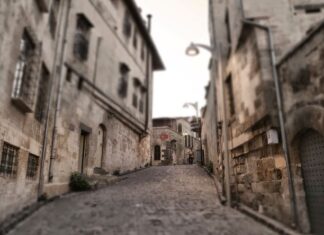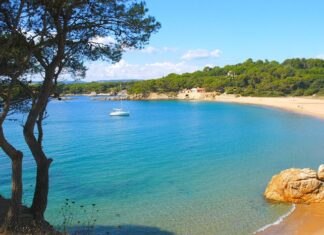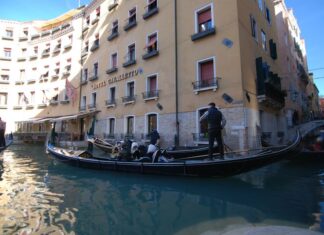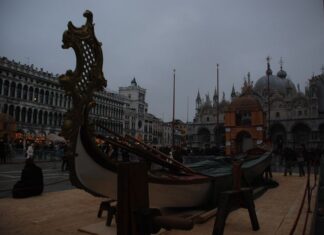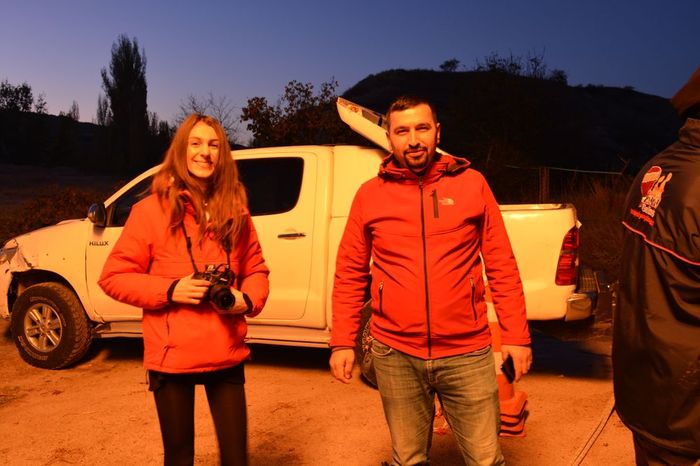Home Blog
From Patras to Corinth
A Journey Through the Currant Fields
A Scenic Journey Along the Gulf
The road from Patras to Corinth runs along the beautiful Gulf of Corinth. On...
Natural Wonders and Ancient Stories of Greece
The Cave from Homer’s Odyssey
Nearly every natural feature of Ithaca is mentioned in Homer’s Odyssey. Even a stalactite cave on the island matches the...
The Beauty and Mythology of the Ionian Islands
A Landscape Full of Legends
The Ionian Islands are not only known for their natural beauty and pleasant climate but also for the legends and...
Bulgarians dwelling places
The beginning stage of the development of any civilization depends on a range of factors and can continue for a long time but it...
The Troubling Reign of King Alexander
King Alexander of Serbia is a deeply flawed ruler, and his reign is considered disgraceful. His appearance suggests a troubled individual, almost as if...
The Troubled Reign of Milan and the Rise of Alexander
For many years during the reign of King Milan of Serbia, domestic troubles and scandals within the royal court became a subject of gossip...
Sovietization of Bulgaria
On 4 December 1947, Bulgaria's Grand National Assembly, where the Bulgarian Communist Party held an absolute majority, adopted the "Constitution of the People's Republic...
Protestant Missionaries in Bulgaria
The Work of Missionaries
Protestant missionaries from the United States have been active in Bulgaria ever since the country gained its independence. The missionary work...
Philippopolis a Historic and Vibrant City
A City Founded by Philip of Macedon
Philippopolis is the second-largest and second-most important city in Bulgaria. It has a long and exciting history. The...
Fruit and Agriculture in Bulgaria
Bountiful Fruits and Vegetables
Bulgaria is known for its plentiful fruits. In the valleys, there are many vineyards that produce excellent wine. The country grows...
